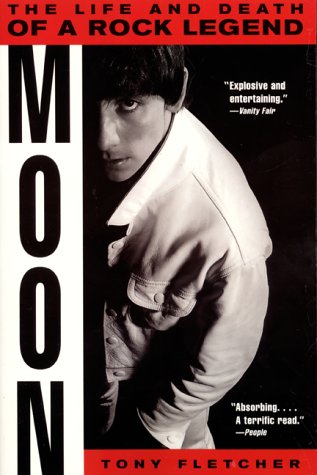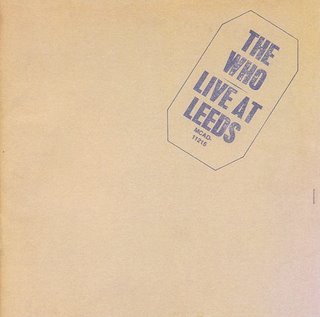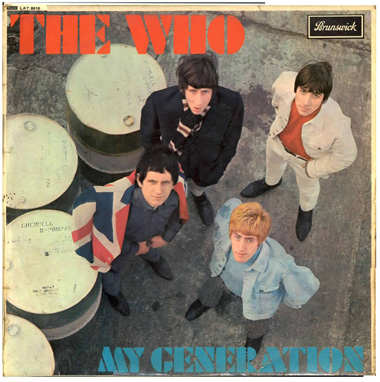
Without a doubt, this is one of the best biographies I have ever set my eyes on. This edition was first published in 1999 by Spike. The enthusiasm and integrity of biographer Tony Fletcher drives the book along its 40 chapters, and he takes upon himself to demolish a myriad of myths and legends along the way.
The Beachcombers were not a surf band. Keith’s audition did not take place as we were always told. His 21st birthday party was exaggerated. But Fletcher has a deft way of bringing some much needed light into a life that was to be incredibly aggrandized, explaining how these fabrications are really secondary to Keith Moon as a man and as a musician like no other. Continue reading







